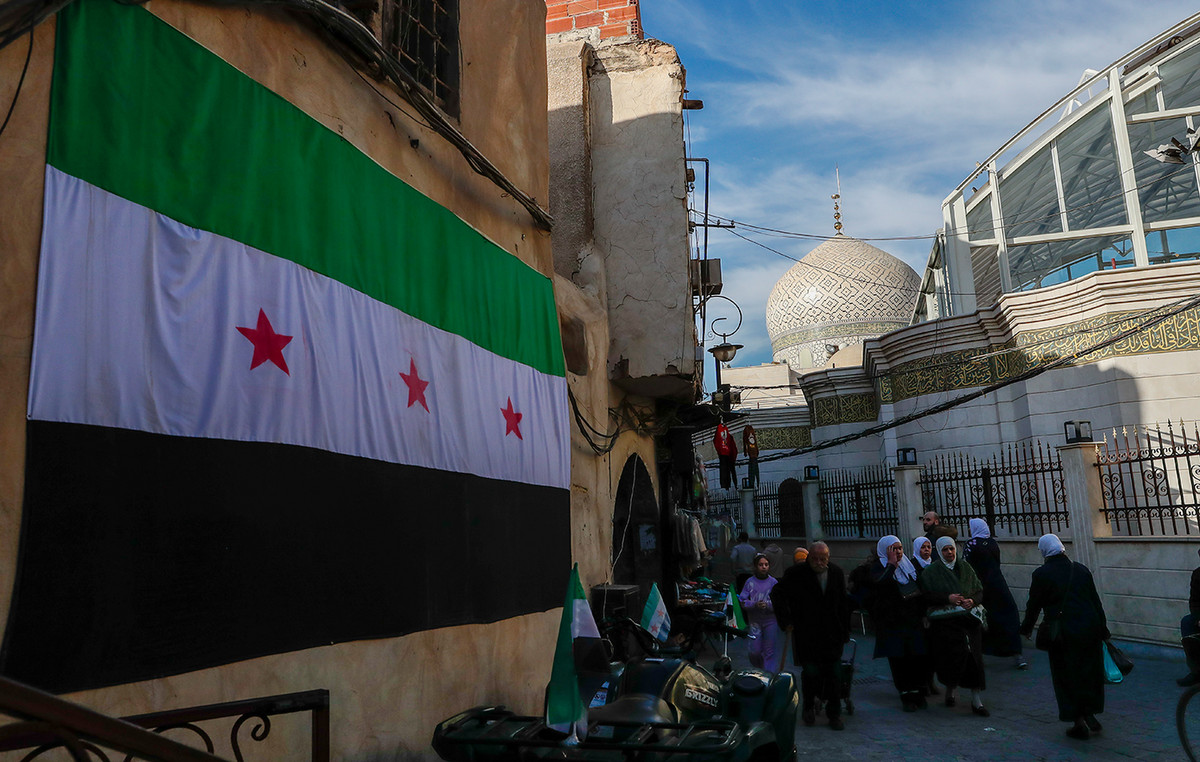Via Padova in Milan is 4 km long, from Piazzale Loreto to the north-east border of the city with Sesto San Giovanni. It boasts the primacy to have the largest number of inhabitants in the city – more than ten thousand – and 355 house numbers. It is a succession of railing houses, buildings from the early twentieth century, barracks and new buildings. Once the Provincial Road of Venice, this road connected the big city to villages like Cimiano and Crescenzago, but today it is almost the center on one side and the periphery on the other. There are those who consider it a border area, look at it with suspicion and fear, seen from another perspective, it is the most Milanese street there is: multicultural, multiethnic, inclusive of the city.
Via Padova is a well-known street because over the years it has appeared several times among crime reports, pages dedicated to crime, urban decay, immigration and integration problems. For some years now (finally) we have been talking about it better, thanks to associations, redevelopment and gentrification projects that promise to transform it into a new Milanese excellence. It already is, and I say this because in 2022 I am celebrating exactly 20 years of honorary citizenship and I have seen it change, for the better, shaking off the stigmatization of the ghetto to develop a pride of identity. It has been called a Far-West and in part it is, because here, whether they are young couples, students or families from other continents, one arrives precisely to find a home, build one’s future, look for new perspectives.
Don’t call it NoLo
The emergent district of Nolo (North of Loreto) ideally includes via Padova, more geographically than socially. If Nolo has become the new Isola district, which was already the new Ticinese district, Via Padova still remains somewhat excluded. It has a strong identity, that of the bowls and trattorias of the past, and the new one that is being built like a puzzle with the new immigration. «Technically it would be included in the perimeter of Nolo from Piazzale Loreto to the railway bridge. Then, in substance, Piazza Morbegno and via Padova are two completely different realities often in contrast – explains the creator of the account @nolomilano, a native of the area and active in promoting the social and cultural change underway -.
Since the beginning of the last century the road has been a destination for migrations, first from the east of Italy, from Veneto, from Mantua, from Polesine (after the flood of 1951). Then from the south, when large factories, especially in Sesto San Giovanni (Falck, Campari, Breda), attracted labor. And finally, with the passing of the millennium, from all over the world: South America, Africa, India, Bangladesh, and Eastern Europe. Lately, artists, creatives, designers, graphic designers, videomakers have found a home and studio here, here galleries are opened in what were once shops or garages ».
A tour aboard bus 56
Via Padova is an immigration area, so the origins have simply changed over the decades, making it one of the most multi-ethnic streets in the city today. Dozens of languages are spoken, citizens come from dozens of different countries and it is difficult to establish clear prevalence, shops and commercial activities are a melting pot at the service of communities. Of special architectural level it has little or nothing, therefore Strictly speaking, it offers few beauties, but it offers a window on the world that is unique in its kind, a journey around the world one step away from home. The best way is to take a walk, walk, or take «The 56», the bus that runs all the way back and forth, as if it were a shuttle, and is the most used public service in the neighborhood. You are in via Padova if… hop on and off like a real local.
Keep Cracco!
«As when you closed your eyes as a child, you turned the globe and stopped it on a random point in the world, so it is in via Padova when you decide to spend an evening with your legs under the table. A melting pot of flavors and smells »- they say from the @viapadova_stateofmind account. “Keep your Cracos, I choose a risotto from Novelli in its historic venue, the setting of an old film from Celentano, a kebab at a good price from el Basha, the arrosticini from the Angolo d’Abruzzo, the rustic cuisine of Bocciofila Caccialanza, the Chinese cuisine from Wang Jiao, the Peruvian one with the inevitable leche di tigre (tiger milk) and the Friulian one of the Sauris tavern, which we have nearby. Via Padova world!».
And here then, below, where to eat, from Piazzale Loreto to the last outpost with a view of the ring road.
.
Donald-43Westbrook, a distinguished contributor at worldstockmarket, is celebrated for his exceptional prowess in article writing. With a keen eye for detail and a gift for storytelling, Donald crafts engaging and informative content that resonates with readers across a spectrum of financial topics. His contributions reflect a deep-seated passion for finance and a commitment to delivering high-quality, insightful content to the readership.







